Affiliate links on Android Authority may earn us a commission. Learn more.
Xiaomi Mi 9 SE vs Nokia 8.1 specs: It's much closer than you think
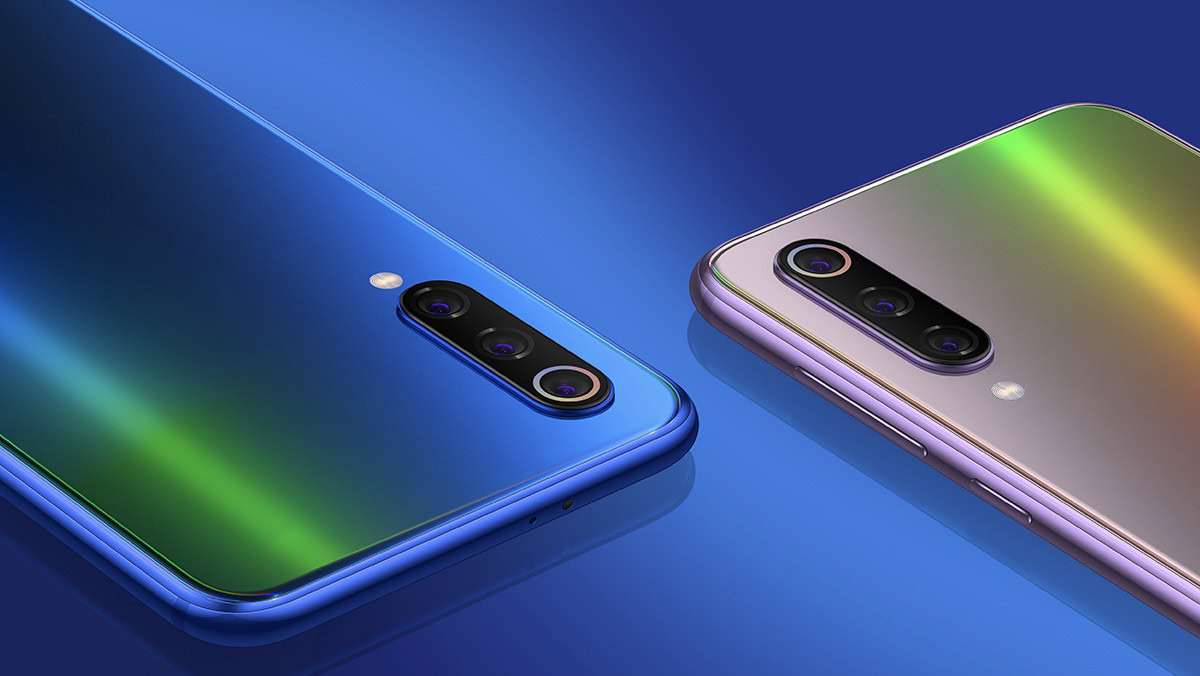
The Xiaomi Mi 9 SE is the company’s sophomore SE device, offering plenty of upper mid-range features. Sure, the phone looks poised to duke it out against devices from Huawei and Realme, but HMD Global also has a very interesting challenger in the Nokia 8.1.
Despite HMD’s claims otherwise, you only need to look at its spec sheet to realize that the Nokia 8.1 isn’t quite a proper flagship. Instead, it occupies the same pseudo-flagship bracket as the Xiaomi Mi 9 SE. So with that in mind, we compared the two devices.
Display
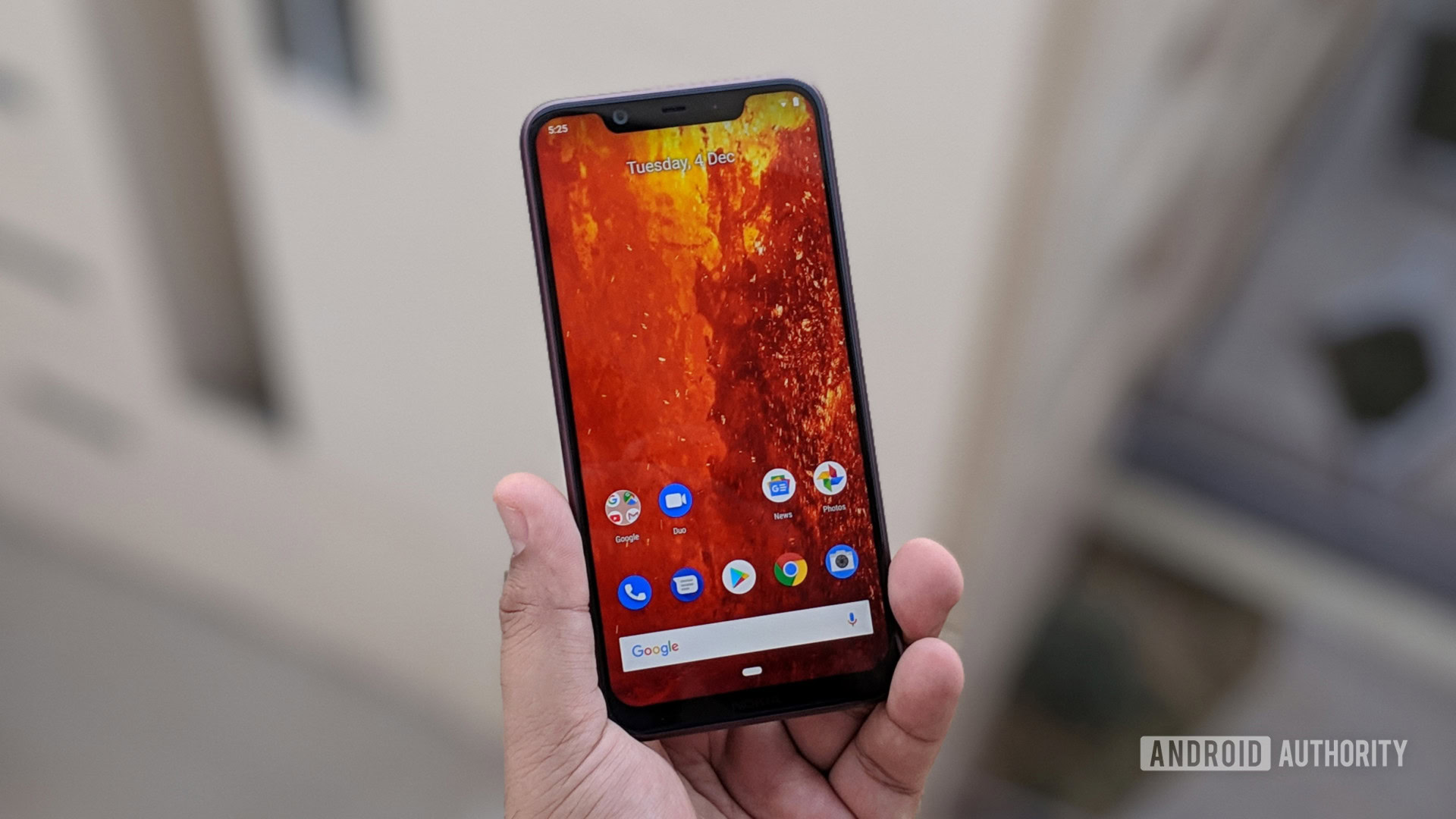
Is an AMOLED screen high on your list of priorities for a smartphone? Then you’ll be leaning towards the Mi 9 SE. Xiaomi’s phone offers a 5.97-inch OLED screen (2,340 x 1,080,), giving us those inky blacks and power savings when using a dark theme.
The Nokia 8.1, meanwhile, packs a 6.18-inch IPS LCD screen (2,280 x 1,080), offering a bit more screen real estate in theory. Don’t expect ridiculously deep blacks here, while the presence of a wide notch might also put some people off.
Horsepower
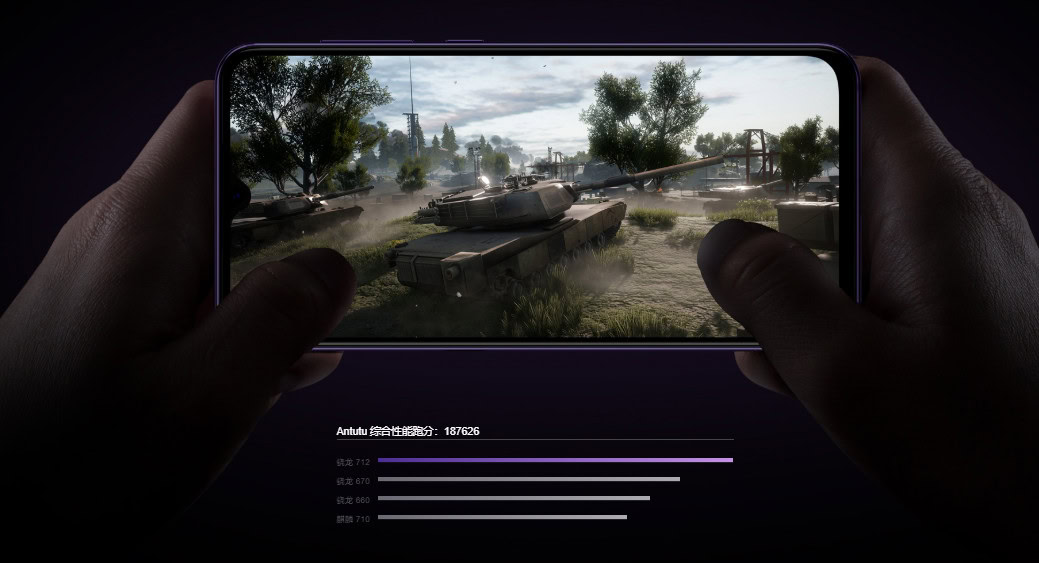
Xiaomi’s new phone doesn’t have flagship silicon, but the Snapdragon 712 chipset is very capable anyway. Toss in 6GB of RAM and 64GB or 128GB of fixed, UFS 2.1 storage, and you’ve got a pretty powerful phone.
The Nokia 8.1 features the Snapdragon 710 processor, which is a minor downgrade in theory over the Mi 9 SE’s Snapdragon 712. But you can expect the same CPU, GPU and connectivity options as the new chipset. Rounding out the power-related goodness is 4GB of RAM and 64GB of eMMC storage. Unlike Xiaomi, HMD has also included a microSD slot, so you can add up to 400GB of extra space if you need it.
Cameras
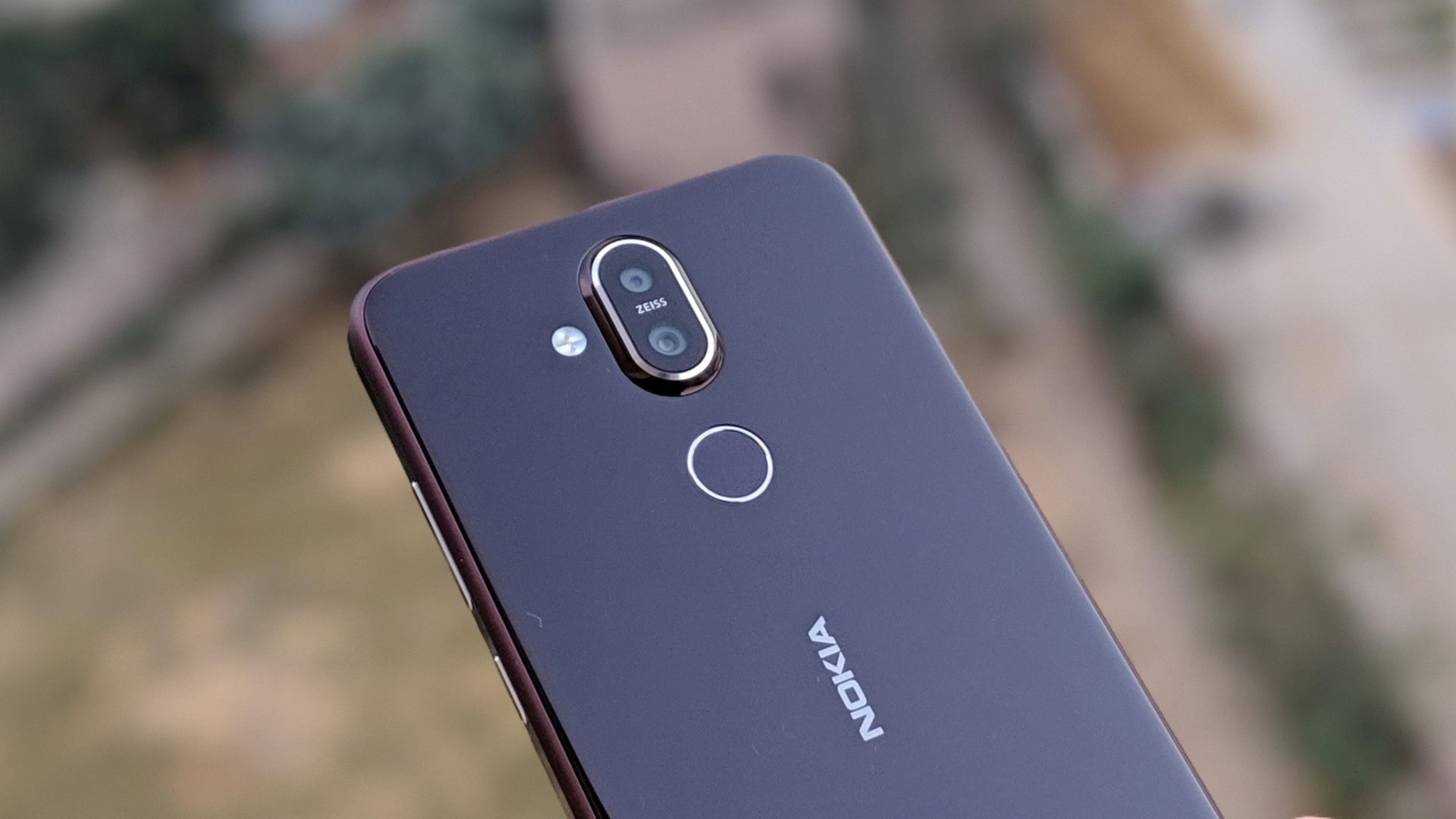
In terms of the all-important photography field, Xiaomi is certainly the jack of all trades here. The Mi 9 SE packs a triple camera setup, featuring a 48MP main camera, an 8MP 2x telephoto shooter, and a 13MP ultra wide angle sensor.
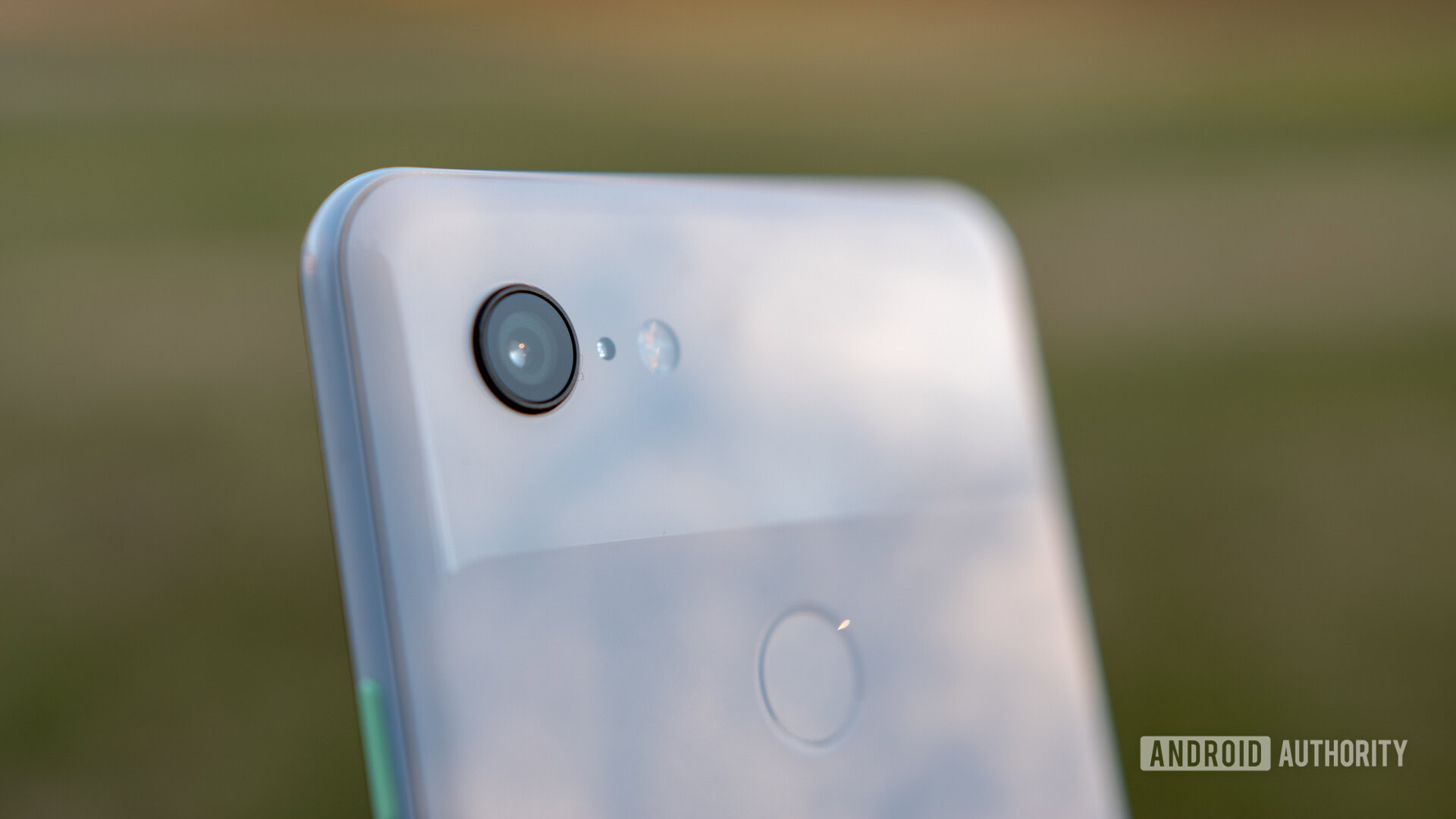
HMD’s pseudo flagship sticks with a dual-camera setup, serving up a 12MP f/1.8 main camera and a 13MP depth sensor. This means you don’t have great zoom performance or an ultra wide perspective, but our own Abhishek Baxi thought the phone took great photos in his Nokia 8.1 review. It doesn’t hurt that the main camera has OIS, which should reduce blur in low light and ensure relatively judder-free video.
Switch to the front and it would appear that the phones share identical selfie cameras (20MP, f/2.0, 0.9 micron pixels). Both devices are using pixel-binning in order to deliver better low-light snaps, resulting in a brighter but lower resolution shot.
We’ll have to get our hands on a Mi 9 SE to find out whether it shoots great photos too. But, at the very least, it has the more flexible setup.
Battery
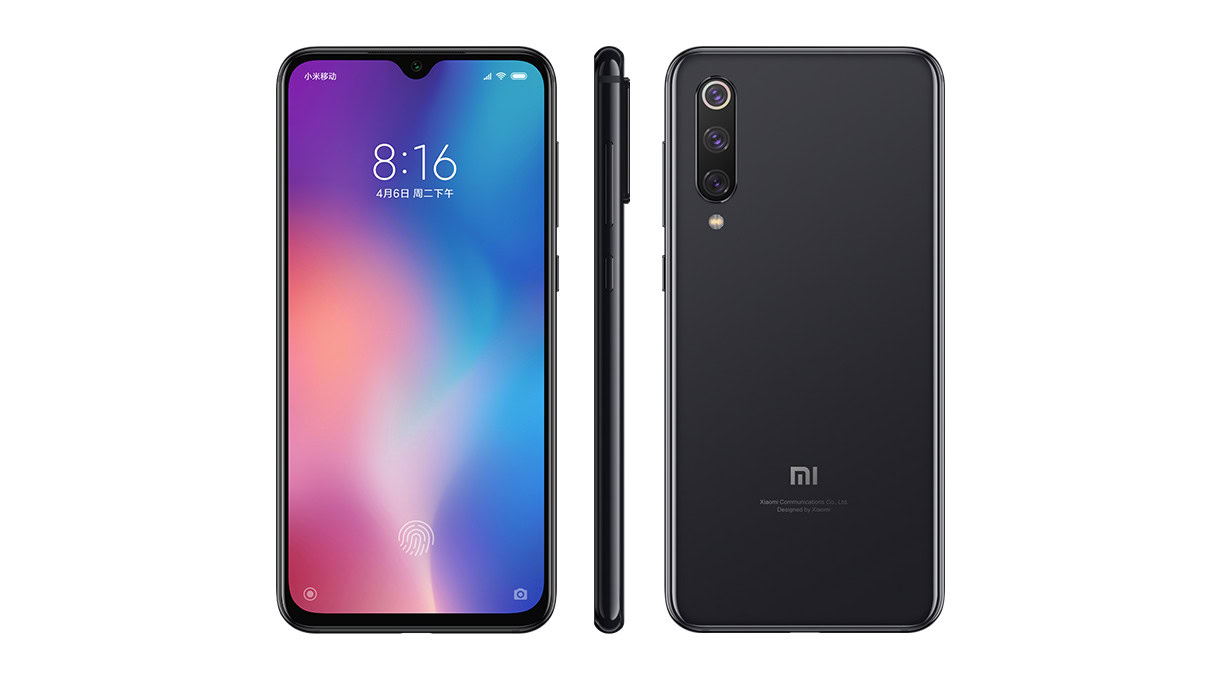
The Xiaomi Mi 9 SE might have a power advantage on paper, but the pendulum swings the other way when we look at battery capacity. Xiaomi’s phone has a painfully average 3,070mAh battery, compared to the Nokia 8.1’s 3,500mAh pack.
Neither phone breaches the 4,000mAh mark, but the almost 500mAh advantage means the Nokia 8.1 should theoretically out-live the Xiaomi phone with identical settings and usage. Both phones feature 18 watt wired charging as well — that’s no HUAWEI Mate 20 Pro, but it’s still a decent speed.
Extras
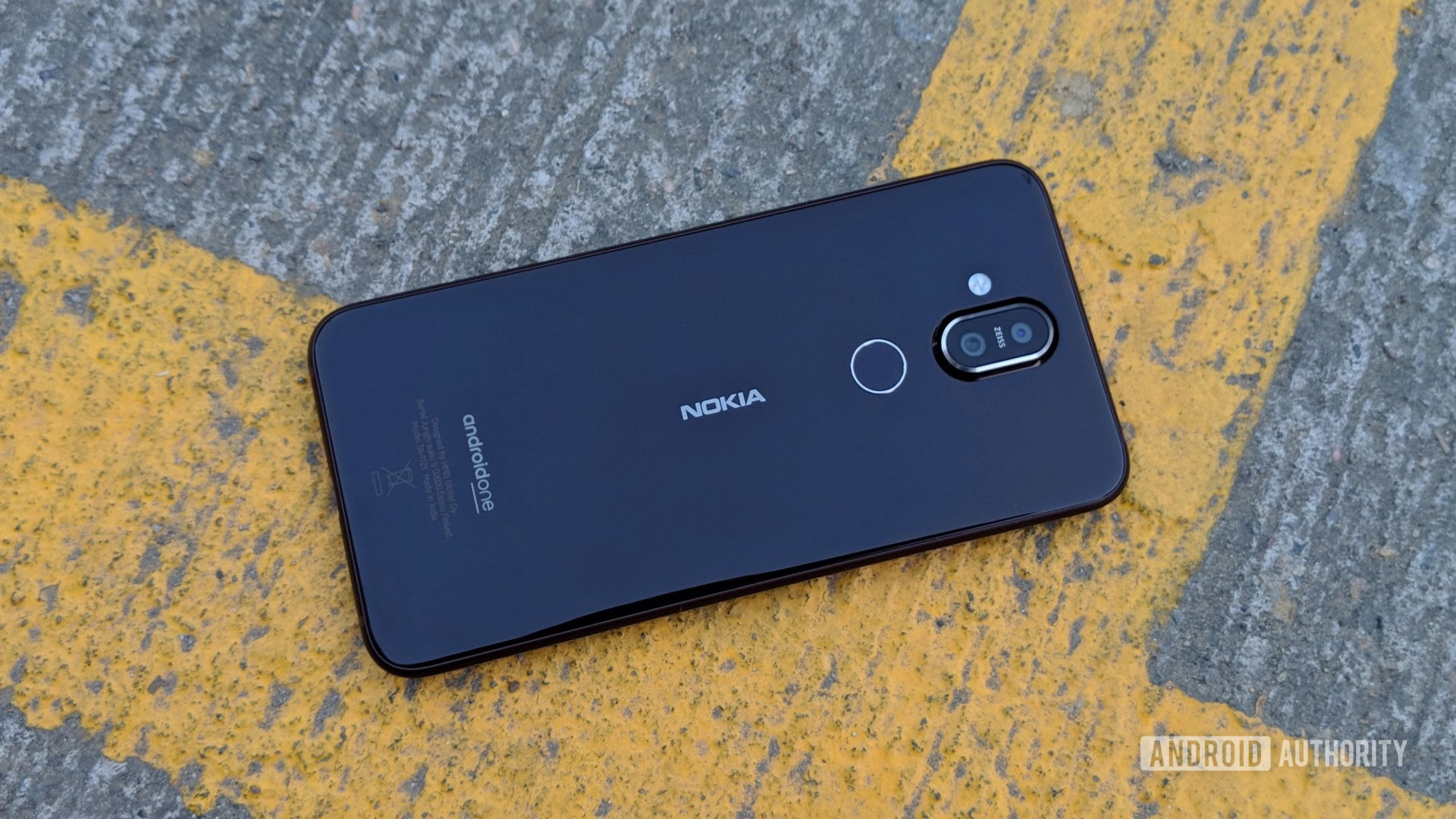
Is a headphone jack non-negotiable for you? Then you’ll want to get the Nokia 8.1, as the Xiaomi Mi 9 SE continues the disappointing trend of abandoning the port. Inversely, the Xiaomi device offers an IR blaster, so you can control your air conditioner, BLU Ray player and other legacy appliances.
Another noteworthy Xiaomi addition is the in-display fingerprint sensor, as opposed to the Nokia 8.1’s rear scanner. It’s probably not going to be as fast and as accurate as the Nokia scanner, but it’s certainly uncommon in the mid-range segment.
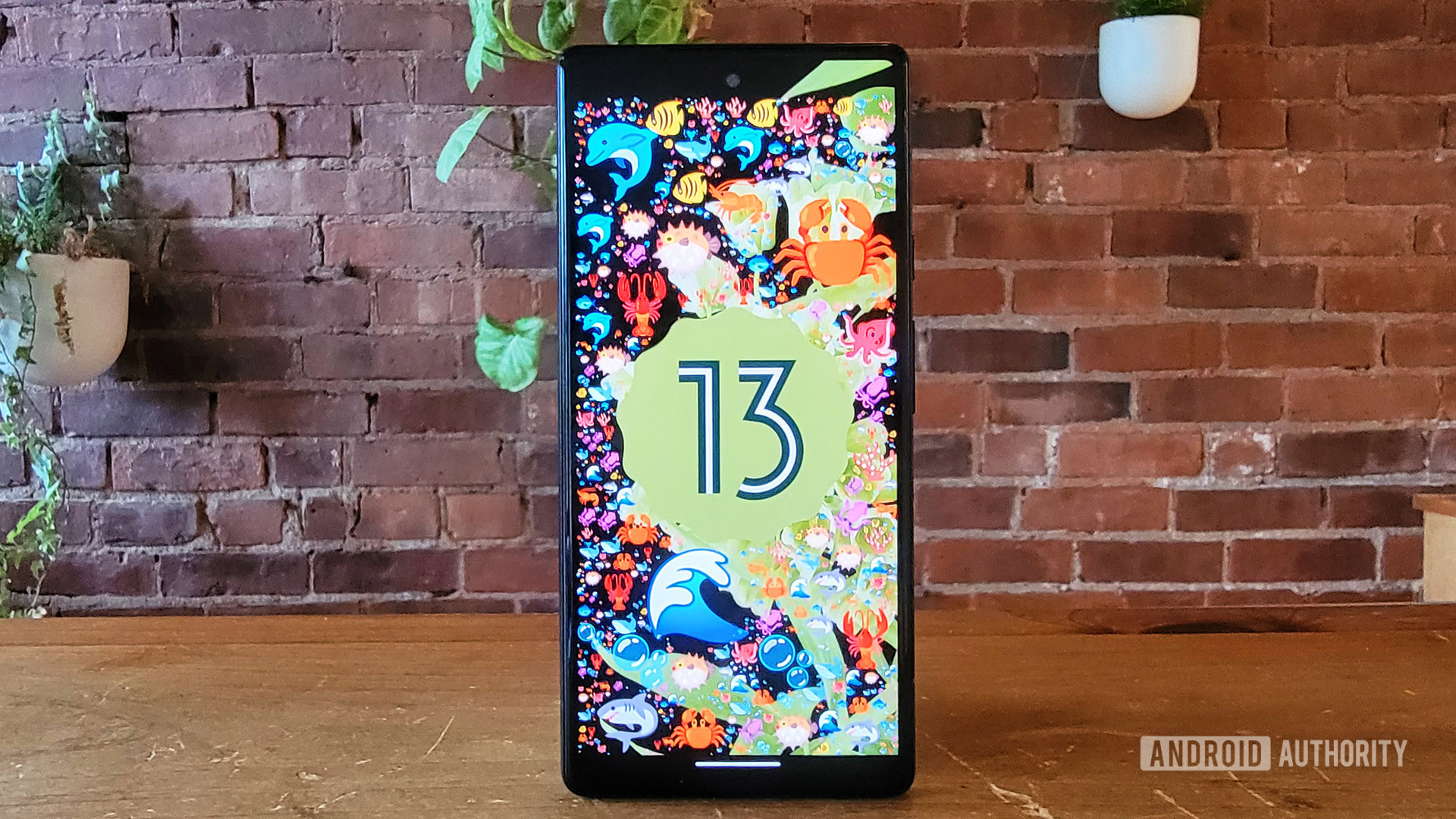
HMD’s phone offers stock Android compared to Xiaomi’s MIUI 10. Xiaomi’s skin definitely offers more functionality (e.g. scrolling screenshots, fingerprint app lock), but HMD’s phones are generally faster at getting major Android updates.
Otherwise, both phones offer NFC capabilities, so those wanting to indulge in Google Pay and other solutions have nothing to worry about here.
Which one is better on paper?
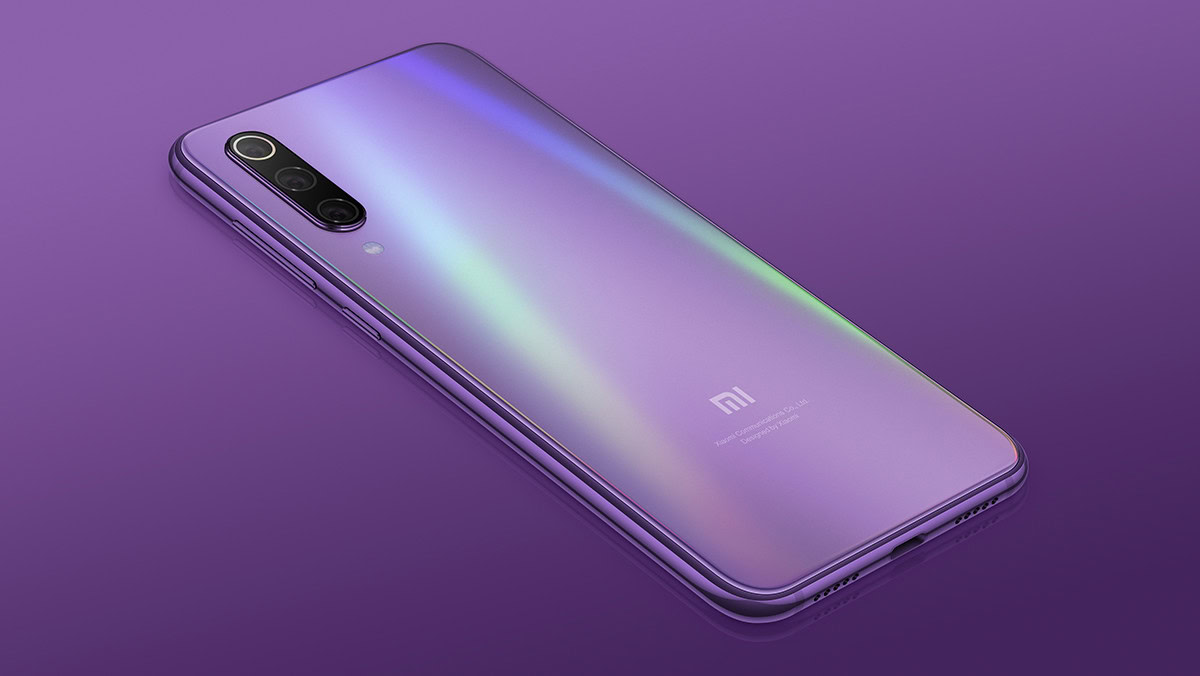
Is battery life high on your list of priorities? Do you strongly prefer stock Android? If you answered yes to one of these questions, then the Nokia 8.1 is looking like your pick here. Need a camera for every situation? Is an OLED screen non-negotiable? Then Xiaomi’s phone could be for you.
But when it comes to the all-important price, the Xiaomi Mi 9 SE is definitely the cheaper device. At a starting price of just 1,999 yuan (~$298) for the 6GB/64GB variant, the Chinese phone is significantly cheaper than the 399 euro (~$450) Nokia 8.1. The 26,999 rupee (~$372) price tag in India is definitely more palatable, but the price gap is still pretty big. So if price is the most important factor for you (as it is for many), then your choice is already made.
If you had to choose either phone as your next purchase, which one would you pick? Give us your answer in the comments!